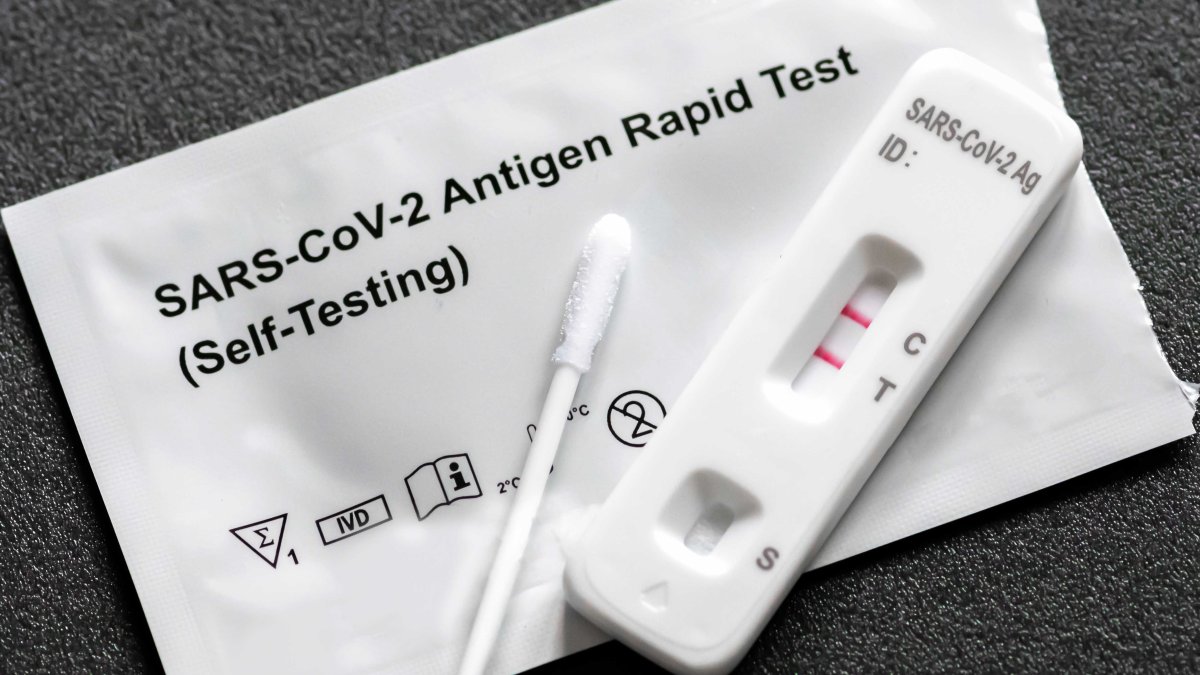
The rapid spread of the highly-contagious omicron variant continues to prompt concerns worldwide, including for many people who’ve already experienced a bout of the coronavirus.
As omicron subvariants, such as BA.4 and BA.5, continue to circulate, some studies indicate that they could potentially do a better job of evading existing vaccines and immunity.
According to the latest update from the Centers for Disease Control and Prevention, the BA.5 lineage of the omicron variant is by far the most common strain in the U.S., with the subvariant accounting for 88.7% of cases.
BA.4, another omicron subvariant, is responsible for 7.5% of U.S. infections.
As more infections occur, many are curious about which symptoms appear first and how quickly they can surface.
Feeling out of the loop? We'll catch you up on the Chicago news you need to know. Sign up for the weekly Chicago Catch-Up newsletter here.
According to Johns Hopkins Medicine, early symptoms of COVID-19 typically include fatigue, headache, a sore throat or fever. Some patients also experience a loss of taste or smell as an early or first symptom.
A study by researchers at the University of Southern California found fever may be first in some cases. It revealed the initial symptoms of COVID-19 are most likely a fever, followed by a cough and muscle pain. Then, those infected will likely experience nausea, vomiting or diarrhea. Unlike other respiratory illnesses such as MERS and SARS, COVID-19 patients will likely develop nausea and vomiting before diarrhea, the researchers found.
Experts do caution patients that the severity, or even the type, of initial symptoms can vary widely from person to person.
Local
Digestive symptoms, in some instances, may be the first sign someone has contracted COVID. They have been known to develop at the beginning of an infection, with respiratory symptoms possibly following a day later, according to an article from Emerson Health.
The CDC says that the median time for the appearance of symptoms in a patient with the different lineages of omicron could be just three days.
While the BA.5 subvariant tends to cause similar symptoms to other COVID variants, including fever, respiratory issues and more, Chicago's top doctor says that there could be more of a concentration on upper respiratory issues, as the virus tends to linger in nasal passages and other parts of the respiratory system above the lungs.
Dr. Allison Arwady, commissioner of the Chicago Department of Public Health, previously said that patients are also tending to see longer-lasting, and more prevalent, symptoms because of how virulent the BA.5 subvariant is.
"Nothing really significantly different, I would say, but just more symptoms. It's a more virulent infection," she stated.
In general, symptoms will typically appear 2-to-14 days after exposure to the virus, according to the CDC. Symptoms of the virus include:
-Fever or chills
-Cough
-Shortness of breath
-Fatigue
-Muscle or body aches
-Headache
-New loss of taste or smell
-Sore throat
-Congestion or runny nose
-Nausea or vomiting
-Diarrhea
Patients are urged to seek emergency medical attention if they experience:
-Trouble breathing
-Persistent chest pain or pressure
-New confusion
-Inability to wake or stay awake
-Pale, gray, or blue-colored skin, lips, or nail beds